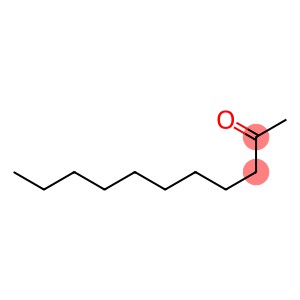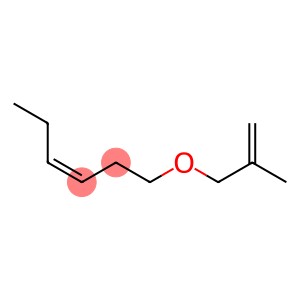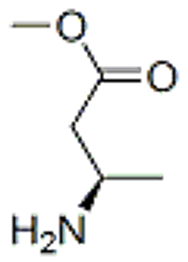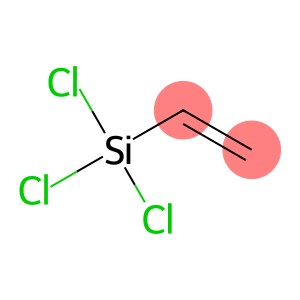2-Undecanone CAS 112-12-9
| Hazard Symbols | N – Dangerous for the environment |
| Risk Codes | R51/53 – Toxic to aquatic organisms, may cause long-term adverse effects in the aquatic environment. R50/53 – Very toxic to aquatic organisms, may cause long-term adverse effects in the aquatic environment. |
| Safety Description | S23 – Do not breathe vapour. S24/25 – Avoid contact with skin and eyes. S61 – Avoid release to the environment. Refer to special instructions / safety data sheets. S60 – This material and its container must be disposed of as hazardous waste. |
| UN IDs | UN3082 |
| WGK Germany | 2 |
| RTECS | YQ2820000 |
| TSCA | Yes |
| HS Code | 29141990 |
| Hazard Class | 9 |
| Packing Group | III |
| Toxicity | LD50 dermally in rabbits: >5 g/kg; LD50 orally in rats, mice: >5, 3.88 g/kg (Opdyke) |
Introduction
2-Undecanione is a chemical compound also known as 2-undecanone. The following is an introduction to the properties, uses, preparation methods and safety information of 2-undecadone:
Quality:
- It is a colorless to light yellow liquid with an orange or lemon scent.
- 2-Undecadeclone is moderately volatile and low solubility, and is liquid at room temperature.
- It has low solubility in water but dissolves well in organic solvents.
Use:
- 2-Undecadone is used in agriculture as a chemical antagonist for insects to control pests and insect pests.
Method:
- 2-Undecadone can be obtained by oxidizing undecyl alcohol.
- Undecalosol can be synthesized by known synthesis methods or extracted from natural sources.
Safety Information:
- 2-Undecadone has no significant toxicity under normal use conditions.
- In high concentrations, it may irritate the eyes and respiratory tract.
- In case of accidental ingestion or inhalation, seek medical assistance immediately.








